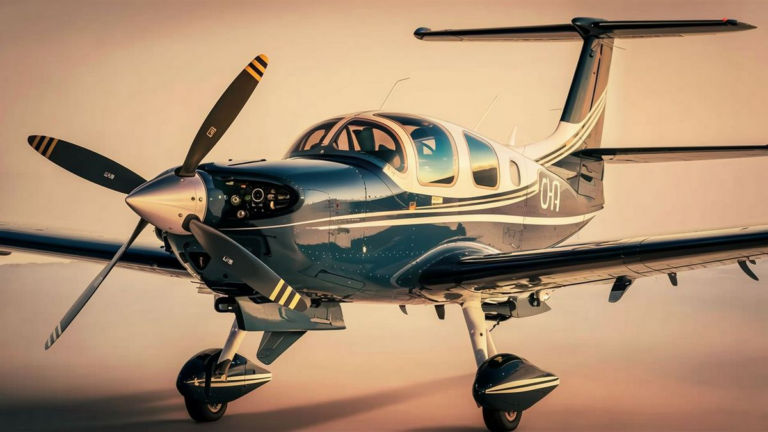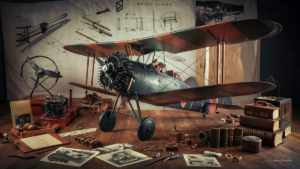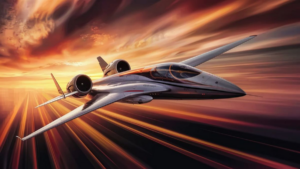Single-engine turboprop aircraft, often referred to as SEP-Ts, represent a significant segment within the aviation industry. These versatile aircraft combine the reliability of a single-engine design with the efficiency and power of a turboprop engine. Their popularity stems from their ability to operate in various conditions, serving a wide range of missions including regional transportation, training, surveillance, and even light cargo operations.
Performance and Efficiency
The utilization of turboprop engines in single-engine aircraft offers a compelling blend of performance and efficiency. Turboprops deliver excellent power-to-weight ratios, allowing these aircraft to achieve impressive climb rates and cruising speeds. Furthermore, their fuel efficiency makes them economical to operate, especially over short to medium distances.
Versatility and Adaptability
Single-engine turboprop aircraft are renowned for their versatility and adaptability. They can operate from short runways, including those with unpaved surfaces, making them ideal for accessing remote or rugged locations. This capability is particularly valuable for missions such as aerial surveying, medical evacuation, and humanitarian relief efforts.
Advanced Avionics and Safety Features
Modern single-engine turboprop aircraft are equipped with advanced avionics and safety features, enhancing situational awareness and pilot confidence. Integrated glass cockpits, GPS navigation systems, and autopilot functionality contribute to safer and more efficient flight operations. Additionally, many models incorporate features such as terrain awareness and warning systems (TAWS) and traffic collision avoidance systems (TCAS) to mitigate the risk of accidents.
Training and Pilot Development
Single-engine turboprop aircraft are popular choices for flight training and pilot development programs. Their relatively simple systems combined with advanced avionics provide an excellent platform for aspiring pilots to gain experience and proficiency. Furthermore, the transition from single-engine piston aircraft to turboprops prepares pilots for more complex multi-engine aircraft, making these aircraft valuable assets for flight schools and training organizations.
Market Landscape and Key Players
The market for single-engine turboprop aircraft is dynamic and competitive, with several manufacturers vying for market share. Established players such as Textron Aviation, Pilatus Aircraft, and Daher dominate the segment with a range of popular models including the Cessna Caravan, Pilatus PC-12, and Daher TBM series. Each manufacturer offers unique features and capabilities tailored to specific mission requirements, ensuring a diverse selection for operators.
Future Trends and Innovations
The future of single-engine turboprop aircraft is marked by continued innovation and technological advancement. Manufacturers are focusing on improving fuel efficiency, reducing emissions, and enhancing connectivity and automation features. Additionally, there is growing interest in hybrid-electric propulsion systems, which have the potential to further improve efficiency and sustainability in the aviation industry.
As the demand for efficient and versatile aircraft continues to grow, single-engine turboprops are poised to play an integral role in shaping the future of aviation.
vironmental Sustainability
With increasing concern for environmental impact, there’s a growing emphasis on the sustainability of aircraft operations. Single-engine turboprop aircraft offer inherent advantages in fuel efficiency compared to larger jets, resulting in lower carbon emissions per passenger mile. Manufacturers are also exploring alternative fuels and propulsion systems to further reduce the environmental footprint of these aircraft.
Cost-effectiveness and Operational Economics
One of the key advantages of single-engine turboprop aircraft is their cost-effectiveness in both acquisition and operation. These aircraft typically have lower upfront costs compared to jets, and their efficient fuel consumption contributes to reduced operational expenses. Moreover, their versatility allows for multi-role operations, maximizing utilization and enhancing overall operational economics for operators.
Frequently Asked Questions
| Question | Answer |
|---|---|
| Are single-engine turboprop aircraft safe? | Yes, modern single-engine turboprop aircraft are equipped with advanced safety features and undergo rigorous certification processes to ensure they meet stringent safety standards. |
| What is the typical range of single-engine turboprop aircraft? | The range varies depending on the specific model and configuration, but generally, single-engine turboprops can cover distances ranging from a few hundred to over a thousand nautical miles on a single tank of fuel. |
| How do single-engine turboprop aircraft compare to multi-engine aircraft in terms of performance? | While multi-engine aircraft may offer redundancy in the event of an engine failure, single-engine turboprop aircraft are known for their reliability and efficient performance. They can often match or exceed the performance of similarly sized multi-engine aircraft. |
See also:






